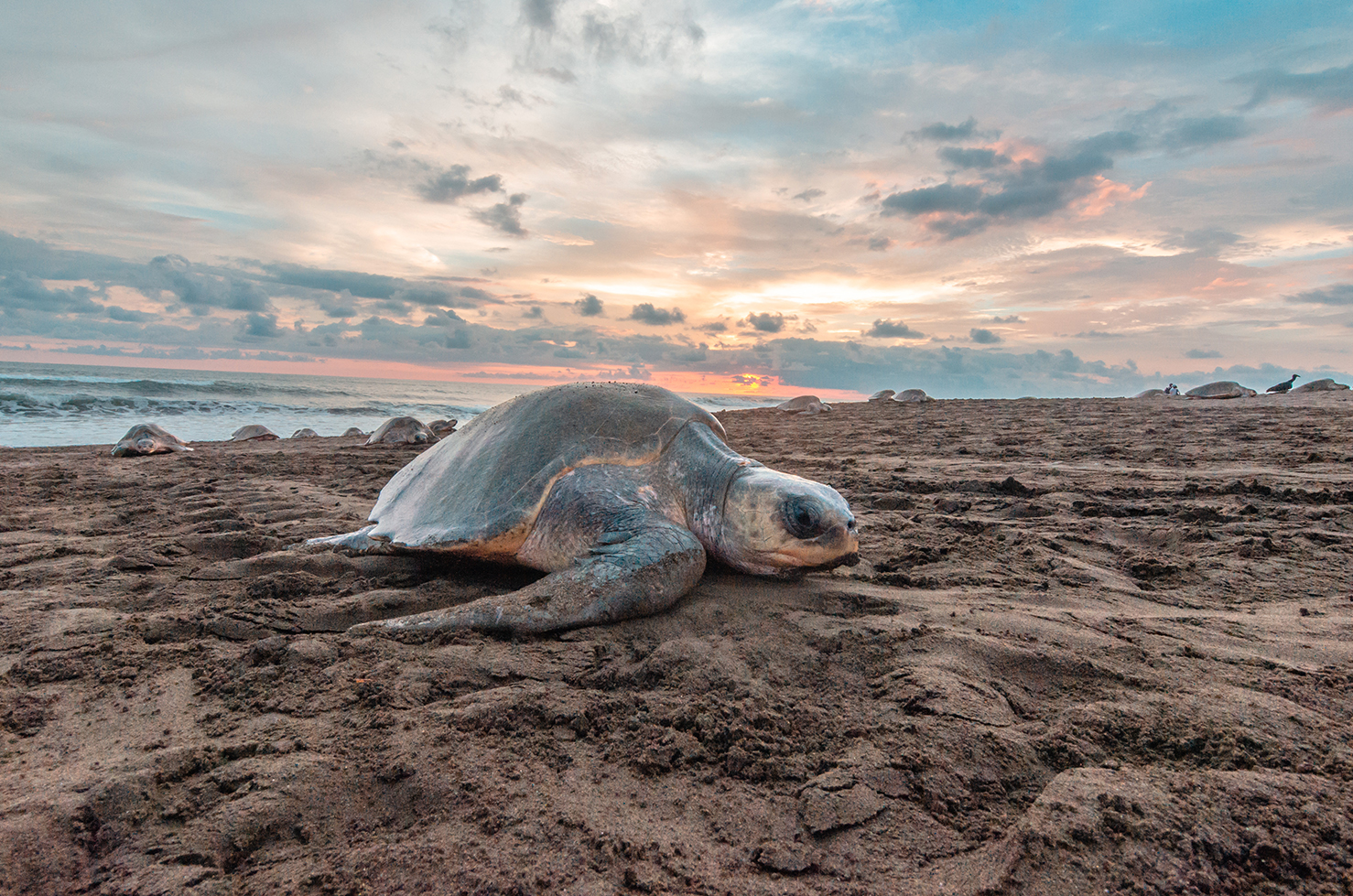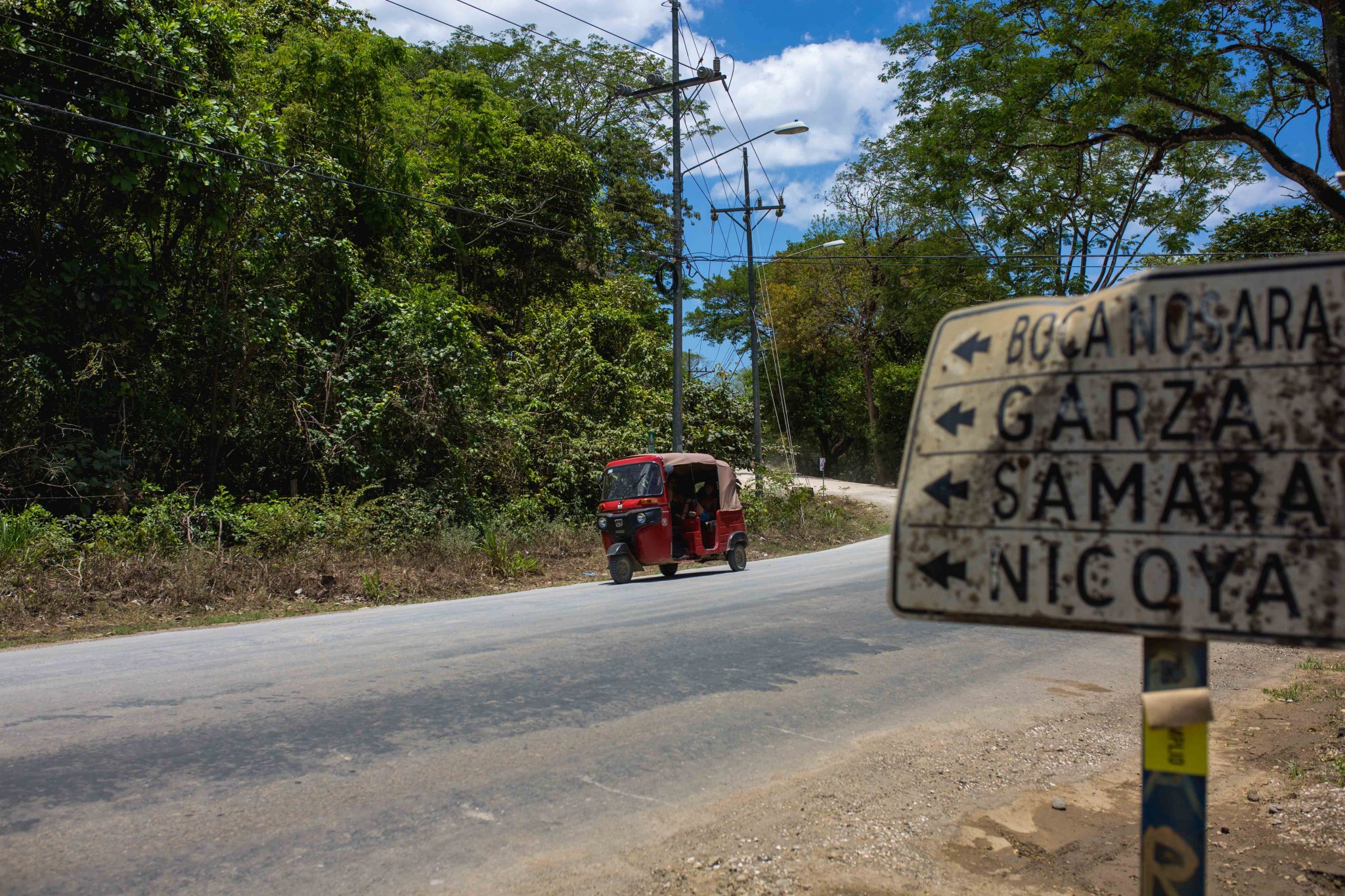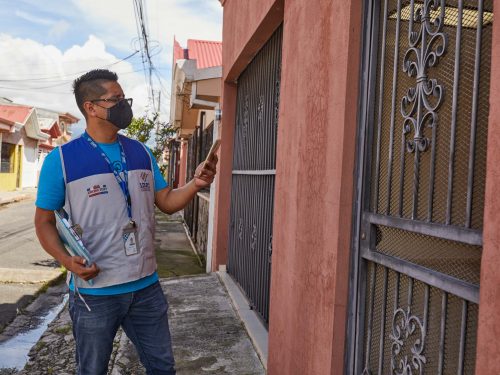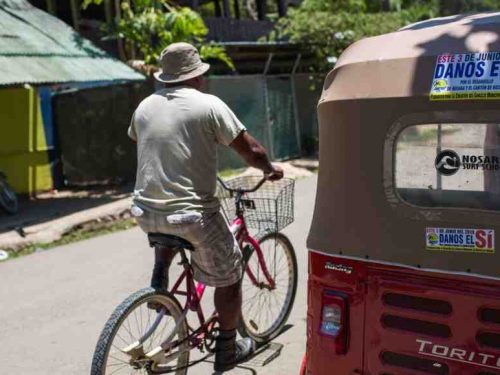
The Administrative Litigation Court of Appeals suspended the temporary building code for the five-kilometer buffer zone around the Ostional National Wildlife Refuge (RNVSO- Refugio Nacional de Vida Silvestre de Ostional), the conservation site where thousands of turtles lay their eggs annually.
The Court argued that the Municipality of Nicoya should base itself on the laws of the National Institute of Housing and Urbanism (INVU) to control “projects that are thought to threaten the environmental balance in some way” until the lawsuit is resolved. The judges also supported their decision on the fact that the Ostional Wildlife Refuge Law and its general management plan (which has not yet been made official due to legal obstacles) provide a framework to ensure the protection of the refuge.
“The protection of the Ostional Wildlife Refuge, as part of the public interest represented by the protection of the environment, derives from the law that formed it and related laws that have sought to secure the area in accordance with the provisions of article 1 of Law 9348 of March 2, 2016,” the court pointed out.
The judges also accepted the argument of the plaintiff, hotel and real estate businessman Jeff Glosshandler, who indicated that he has three properties in the buffer zone, so the code would impose limitations on transformation, investment and capital gains increase.
The Nosara Civic Association (NCA) proposed the code to the Municipality of Nicoya in 2019. RNVSO supports both entities in implementing the code. They are opposed by Jeff Glosshandler through the company JBR Capital Ventures, which he manages.
The court’s decision is part of the legal suit that JBR Capital Ventures filed against the Municipality of Nicoya, believing that the regulation violates adequate procedures to regulate construction. According to Glosshandlier, the regulatory plan needs to be published to define construction limitations.
What Will Happen Now?
The NCA said that they are considering legal actions in order to have the code in force again as soon as possible.
One of our concerns is that in the interval until the main case is decided, permits are approved that threaten the integrity of the Ostional Refuge,” said the president, Ethel Araya.
The municipality’s legal representative, Gerardo Carvajal, affirmed that it is possible to reactivate the code. “There is the possibility of changing or requesting to modify the measures, but it’s necessary to have a compelling reason for that— some new situation, some change in circumstances. Possibilities are being evaluated,” he said.
Following the news, the Ostional Refuge’s manager, Yeimy Cedeño, reaffirmed support for the municipality and the NCA in light of fear that growth in construction in the buffer area would leave Ostional as an ecological “island.”
While looking for a way to apply the code again, RNVSO will continue to raise awareness and appeal to the will of owners and developers to take responsible measures in favor of wildlife and the natural landscape, said Cedeño.
“There are definitely urban planning and municipal laws, as well as the Technical Environmental Secretary’s Office (SETENA- Secretaría Técnica Ambiental) that ensure mitigation measures if there is an impact,” Cedeño also said. “The interesting thing here was to be able to go beyond what exists, focused on the area we are in, and with management and conservation strategies and focal elements,” she added.
Glosshandler filed the lawsuit against the Municipality of Nicoya two months after the building code was formalized in February 2020. The businessman requested that the regulations be temporarily annulled as a precautionary measure until the Administrative Litigation Court renders a decision on the lawsuit. The court rejected the petition, taking into account that the company’s interest “cannot undermine the public interest involved in the species’ protection.”
However, the Administrative Litigation Court of Appeals decided in favor of Glosshandler after his appeal, so the code is not in force temporarily until the court decides on the lawsuit. The final decree can take more than a year.
“Having that response from the courts was very surprising, especially since we already had a favorable manifestation of a collective interest, not an economic one,” remarked RNVSO’s manager.
For his part, Carvajal said that he didn’t expect the court to decide on the terms that it did. “We believe that the essential requirements to approve the measure on the requested terms were not met,” he told The Voice.
The plaintiff company won’t comment on the case, The Voice was informed by the lawyer representing Glosshandler and his company, Ernesto Jinesta, who specializes in administrative and constitutional law. According to a message from Jinesta, they won’t give statements “out of respect for judicial independence and impartiality, as well as in order not to unduly influence the decision that the courts make through the media.”

One of hundreds of turtles that came to lay their eggs at Ostional Beach during an arribada in 2018. Photo: Andrey Navas
Why a Building Code?
The code would control the growth of construction in RNVSO’s buffer zone until the municipality finalizes and publishes the regulatory plan, a municipal document similar to a zoning plan that determines land use. (Read -in Spanish- the temporary regulation starting on page 53 of this document).
In March, the mayor of Nicoya, Carlos Armando Martinez, said that they are in the phase of studies necessary for making the regulatory plan, and that it may take up to four years to finalize and publish it.
“The studies are very expensive, whether they are done with our own resources or not…. The maximum support from me is that the budget gets created and that [the regulatory plan] is made in the next four years,” he added.
Given how long it’s taking to make the plan, the NCA proposed the temporary building code to the municipality, which took it on and worked on it for more than a year in the municipal council’s regulatory plan commission and in activities in the district of Nosara.
With the document as a tool, the municipality limited the size of buildings, the construction area according to the total land area, the disposal of sewage and the direction of lighting so it doesn’t disorient the turtles, all with the goal of preserving the habitat of the thousands of turtles that come to lay their eggs at Ostional Beach as well as the water tables located in the buffer zone.
“This code tried to establish responsible development to avoid what has happened in places like Playa Grande, where turtles arrive less and less due to the [light] pollution caused by Tamarindo’s lighting,” Cedeño, from RNVSO, cited as an example.
According to the coordinator of the local government’s construction department, Josue Ruiz, the code going into force wasn’t creating conflicts with developers who presented building permits.
“I can say that we’ve detected problems with the height of the plans or the occupancy size in less than five cases in the area,” he told The Voice of Guanacaste in March, after applying the code for a year. “We are talking about maybe 500 building permits where only five have been the problem. It’s very little,” he indicated.
However, Glosshandler claimed that due process wasn’t followed for the temporary code to go into effect. Prior to its publication, this businessman and his team— which also includes former Congressman Otto Guevara Guth— went to the municipal council to show their opposition to the code.
“I’m not opposed to there being restrictions on height or construction areas,” he said in a letter to the editor in Semanario Universidad. “But these should be in accordance with the realities of activities in the area, the possibilities of locals to meet the costs and the result of a participatory process,” he wrote.
In a statement, the NCA asked those in favor of the code to use the hashtag #YoDefiendoOstional (which means “I defend Ostional”) in social media posts and to report construction or developments that put the refuge at risk to the municipality.
The association also asked organizations that agree with the code to send a letter addressed to the local government expressing their support and desire to participate as a coadjuvant.







Comments